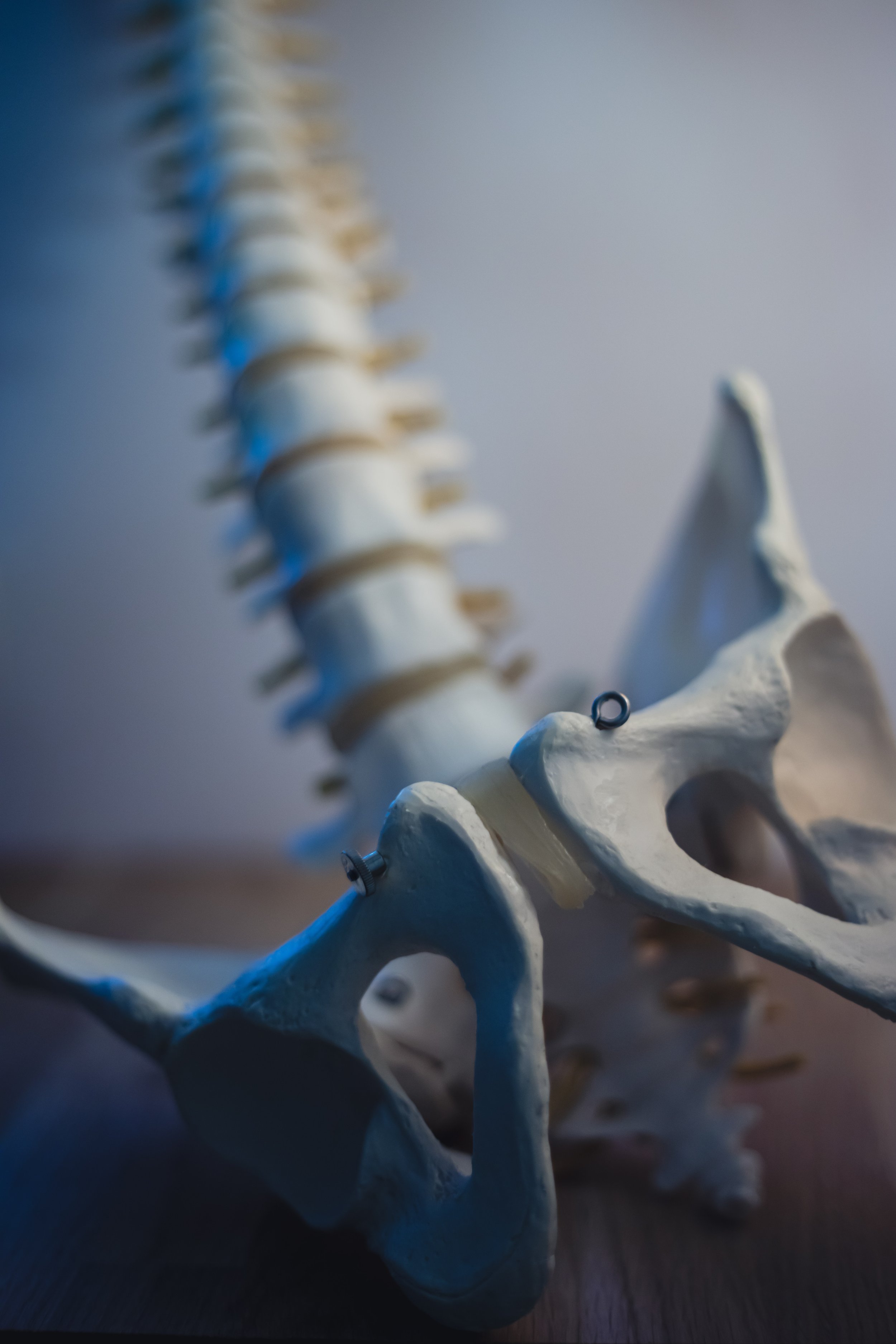Can senolytic drugs help solve elderly Americans’ bone fracture epidemic?
/The United States has a bone fracture problem
Studies suggest there are annually more than 2 million fragility fractures – those tied to age-related bone loss – that account for nearly $20 billion in health care costs.
But new research suggests that use of senolytic drugs like desatinib and quercetin can enhance fracture healing, speeding recovery.
Senolytic drugs effectively remove senescent cells that – for a variety of environmental, genetic, and epigenetic reasons – can no longer repair or replace damaged tissue. The most common bone senescent condition is osteoporosis, which weakens bones, leaving them more susceptible to breaks.
When age-related senescence attacks the bone callus, it compromises the inhibits fractured bones from healing because the callus is what forms the bridge between broken segments, providing the framework for bone restoration.
However, researchers from the University of Rochester Medical Center found that short-term administration of dasatinib plus quercetin – two drugs that remove senescent cells from the body – accelerated fracture healing in aged mice.
A report on the study, “Age-associated callus senescent cells produce TGF-β1 that inhibits fracture healing in aged mice,” published in the Journal of Clinical Investigation, showed the senolytics expelled senescent callus cells, eliminating a barrier to healing.
The study found that a bone fracture triggers a significant cellular senescence in mice’s callus cells, which inhibits mesenchymal progenitor cells (MPCs) that are important in bone tissue regeneration.
It also found that senescent cells in the callus of aged mice produce excessive transforming growth factor β (TGF-β), a protein that is important to regulate healing. The excess TGF-β1 inhibited the proliferation of callus MPCs and delayed fracture healing.
To overcome this, researchers used the senolytics to attack senescent cells and neutralized TGF-β chemically. As a result, there was an increase in callus MPCs and cell proliferation, improving fracture healing.
While more research must be done, the study underscores the importance of our “Get the crud out” strategy, which recognizes that cellular processes result in by-products that are harmful if not cleared by the cell. Lifestyle and environmental factors add to the gradual accumulation of toxic substances in the body. As we age, there is an increasing amount of DNA damage, which leads to ineffective cellular processes, intracellular damage and senescent cells.
This strategy focuses on technologies to clear harmful substances from the body. Destruction of ineffective or harmful cells, as well as removal of toxic proteins and metabolites is essential to the restoration of youthful health.
“Get the crud out” is one of the seven strategies that guide Foundation investments, planning and policies. We came up with our seven strategies because there is no single solution that will lengthen the healthy human lifespan. It will take a combination of things to help us reach our goal of making 90 the new 50 by 2030.
Join us to bring this dream to life. Donate to Methuselah Foundation.


